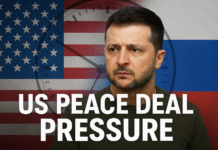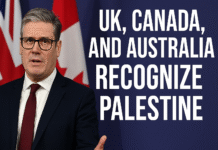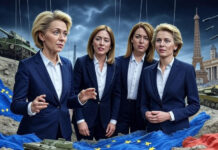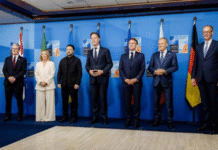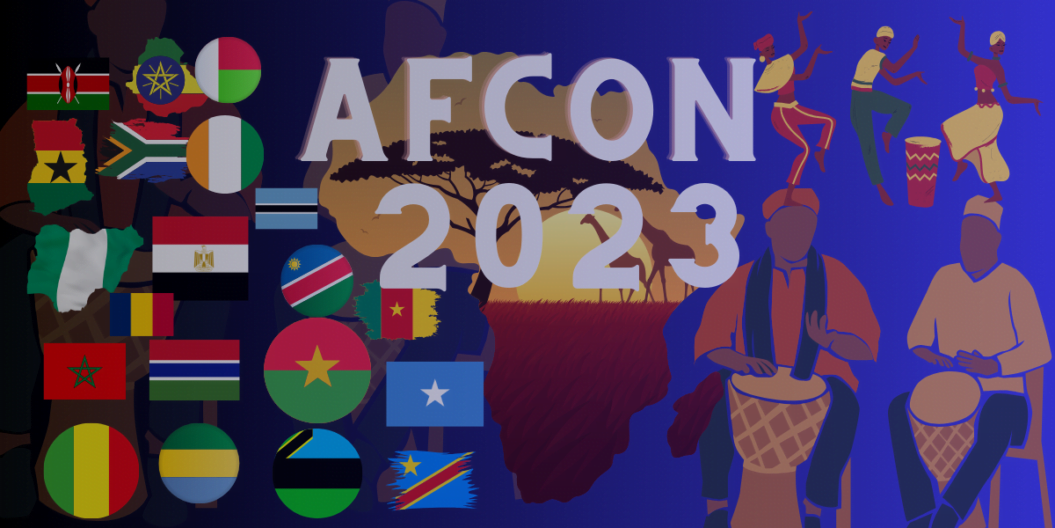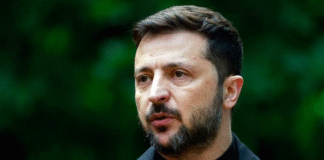Washington, D.C. – Ukrainian President Volodymyr Zelensky met U.S. President Donald Trump at the White House on Monday, joined by several European leaders, for discussions on how to end the ongoing war in Ukraine.
The meeting came shortly after Trump’s summit with Russian President Vladimir Putin in Alaska, which ended without a ceasefire agreement. While both Trump and Zelensky expressed optimism, the talks concluded without concrete commitments on a peace deal or security guarantees.
A Possible Putin–Zelensky Meeting?
Following Monday’s discussions, Trump revealed he had spoken to Putin by phone and was exploring the possibility of arranging direct talks between the Russian and Ukrainian presidents. He suggested a potential trilateral format that would later include the United States.
Moscow has so far resisted such a meeting, though Kremlin aide Yuri Ushakov said it was “worthwhile” to consider elevating the level of negotiations. Zelensky has long called for direct talks, partly to highlight what he sees as Russia’s reluctance to pursue peace.
Ceasefire Debate Divides Allies
Trump downplayed the need for a ceasefire before negotiations, saying it was “not necessary.” This marked a shift from Kyiv’s position, as Ukraine has consistently viewed a halt in fighting as essential before moving forward with talks.
European leaders pushed back. German Chancellor Friedrich Merz argued that “the next meeting would not take place without a ceasefire,” urging coordinated pressure on Russia. French President Emmanuel Macron and other leaders echoed concerns, warning that Europe’s own security was at stake.
U.S. Security Guarantees on the Table
Trump suggested the U.S. could help guarantee Ukraine’s security as part of a future agreement but did not define what this would involve. He did not rule out the presence of U.S. forces in Ukraine, though he emphasized Europe remained the “first line of defence.”
Zelensky later confirmed that discussions included a proposed $90 billion arms package covering U.S. aviation and missile systems, alongside an agreement for the U.S. to purchase Ukrainian-made drones. He said security guarantees could be finalized “within 10 days.”
Zelensky’s Softer Approach
The Ukrainian leader adopted a markedly different tone from his tense visit in February. Wearing a suit instead of his trademark military attire, Zelensky repeatedly thanked his American hosts and even delivered a personal letter from Ukraine’s First Lady to Melania Trump
European leaders also struck a conciliatory tone, praising Trump’s role in bringing them together. Italian Prime Minister Giorgia Meloni suggested Russia’s stance had shifted thanks to Trump’s diplomacy, while NATO chief Mark Rutte credited the U.S. president’s leadership.
Still, European leaders stressed their own vulnerability to Russian aggression. Macron reminded the group that discussions on Ukraine’s security guarantees must also account for the stability of the wider European continent.
While the White House talks offered warmer optics and hints of future progress, major disagreements remain over the role of a ceasefire and the scope of security guarantees. With the prospect of a Putin–Zelensky meeting still uncertain, Ukraine and its allies left Washington without a clear roadmap to peace.






